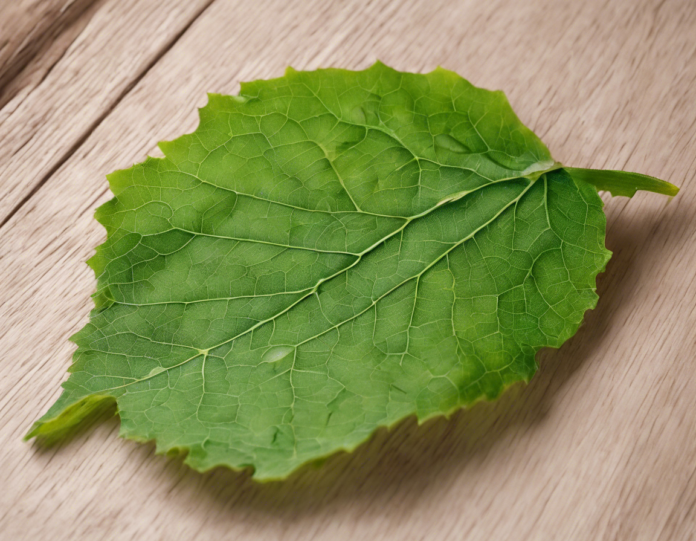Introduction
Caring for plants, whether they're houseplants or garden greens, is a popular hobby worldwide. Healthy leaves are an essential factor in the well-being of plants, serving as the primary energy producers through photosynthesis. However, leaves can face various issues, including discoloration, wilting, and disease. In this comprehensive guide, we will delve into the common leaf problems encountered by plant enthusiasts, explore the causes behind these issues, and provide effective solutions to help your plants thrive with vibrant and healthy foliage.
Understanding Leaf Problems
1. Discoloration:
Symptoms: Discolored leaves can appear yellow, brown, black, or even white, indicating nutritional deficiencies, pests, or diseases.
Causes: Lack of essential nutrients like nitrogen, iron, or magnesium, over-watering, insufficient sunlight, or pest infestation can lead to discoloration.
Solutions:
- Identify the specific nutrient deficiency through a soil test and provide the necessary fertilizers.
- Adjust watering habits to ensure the soil is well-drained.
- Ensure adequate light exposure based on the plant's requirements.
- Use organic or chemical treatments to combat pests and diseases.
2. Wilting:
Symptoms: Wilting leaves are limp, droopy, and often accompanied by browning edges, indicating issues with water uptake or root health.
Causes: Under-watering, over-watering, root rot, or poor soil quality can lead to wilting.
Solutions:
- Check the moisture levels in the soil and adjust the watering schedule accordingly.
- Inspect the roots for rot or damage and repot if necessary.
- Improve soil drainage by adding perlite or sand to prevent waterlogging.
3. Curling:
Symptoms: Curling leaves can be twisted, cupped, or rolled, signaling environmental stress, pests, or diseases.
Causes: High temperatures, low humidity, spider mites, aphids, or fungal infections can cause leaf curling.
Solutions:
- Provide adequate humidity levels through misting or a humidifier.
- Natural remedies like neem oil or insecticidal soap can help combat pests.
- Prune affected leaves to prevent the spread of diseases.
4. Spots:
Symptoms: Spots on leaves can be brown, black, yellow, or white, indicating fungal infections, bacterial diseases, or pest feeding.
Causes: Poor air circulation, high humidity, water splashes on leaves, or pest infestations can lead to spot formation.
Solutions:
- Remove affected leaves to prevent the spread of diseases.
- Increase air circulation around the plant by spacing them adequately.
- Apply fungicides or bactericides as per the type of infection.
5. Yellowing:
Symptoms: Yellow leaves are a common indicator of nutrient deficiencies, over-watering, under-watering, or root problems.
Causes: Lack of essential nutrients like nitrogen or iron, waterlogged soil, dry soil, or root damage can lead to yellowing.
Solutions:
- Fertilize the plant with a balanced fertilizer to address nutrient deficiencies.
- Adjust watering habits to maintain the right moisture level in the soil.
- Inspect the roots for damage and repot if needed.
Frequently Asked Questions (FAQs)
1. How can I prevent common leaf problems in my plants?
- Regularly inspect your plants for any signs of issues such as discoloration, wilting, or spots.
- Maintain proper watering and feeding schedules based on the plant's requirements.
- Ensure adequate sunlight and humidity levels for optimal growth.
2. What are some organic remedies for treating leaf problems?
- Neem oil is effective against pests and fungal infections.
- A mixture of water and mild dish soap can help control pests like aphids.
- Spraying diluted apple cider vinegar can deter fungal growth on leaves.
3. Is it safe to use chemical treatments on plant leaves?
- When using chemical treatments, follow the instructions provided by the manufacturer.
- Use protective gear like gloves and masks while applying chemicals.
- Avoid spraying chemicals during the hottest part of the day to prevent leaf damage.
4. How do I know if my plant's leaves are overwatered or underwatered?
- Overwatered leaves are often yellow and mushy, while underwatered leaves are dry, crispy, and may curl at the edges.
- Check the moisture level of the soil by inserting your finger into the top layer.
- Adjust your watering frequency based on the plant's specific needs and environmental conditions.
5. Can I prune affected leaves to improve the plant's health?
- Pruning affected leaves can help prevent the spread of diseases and improve air circulation within the plant.
- Use clean and sharp pruners to avoid further damage to the plant.
- Dispose of the pruned leaves carefully to prevent reinfestation or spread of infections.
Conclusion
Taking care of your plants' leaves is essential for their overall health and vitality. By understanding the common leaf problems, their causes, and effective solutions, you can provide the necessary care to ensure your plants thrive with lush, vibrant foliage. Regular monitoring, appropriate watering and feeding, as well as timely interventions when issues arise, will help you maintain a green and healthy environment for your beloved plants.


Recent comments